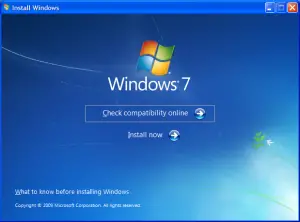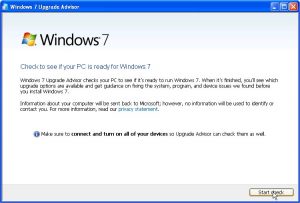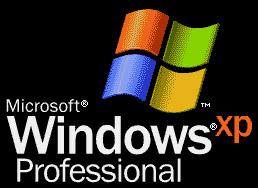Flaws you may experience after you Upgrade Windows XP to Windows 7 Professional

Initially, people don’t find a thing to complain and later we see them discussing about the issues and struggling to solve it out. What are the experiences after people had Upgrade Windows XP to Windows 7 Professional in their PC?
















